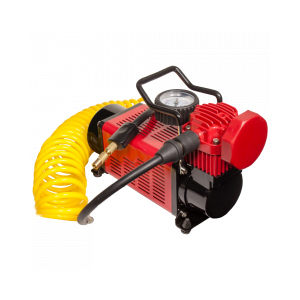Oct . 13, 2024 13:47 Back to list
Rotating Shaft Oil Seal Solutions for Enhanced Performance and Durability
Oil Seal for Rotating Shaft Key Components and Functionality
Oil seals, also known as shaft seals or radial seals, play a crucial role in various mechanical systems by preventing the leakage of lubricants and keeping contaminants out of machinery. Specifically designed for rotating shafts, these seals are essential components in keeping equipment running efficiently and extending its lifespan.
Understanding Oil Seals
An oil seal is designed to retain oil or grease within a machine while keeping dirt, dust, and moisture from entering. Typically composed of a flexible elastomer material, oil seals effectively create a barrier that is resistant to wear and tear. Their versatility allows them to be used in a myriad of applications, from automotive engines to industrial machinery.
Structure of Oil Seals
An oil seal generally consists of several key components
1. Seal Body The outer ring, often made of rubber or elastomer, ensures a tight fit against the housing, preventing the escape of lubricants. 2. Seal Lip This is the part that physically contacts the rotating shaft. The lip forms a tight seal by pressing against the shaft, usually aided by a spring that maintains consistent contact.
4. Backing Material The inner part of the seal may contain a rigid or semi-rigid backing, providing the necessary structural support and maintaining the oil seal's shape.
Importance of Oil Seals
oil seal for rotating shaft

The primary function of oil seals is to ensure that lubrication remains within the assembly. This is critical because sufficient lubrication reduces friction, which in turn minimizes wear on components such as bearings and gears. Without adequate lubrication, mechanical components can overheat, leading to failure and costly downtime.
Additionally, oil seals protect against environmental contaminants. Dust, dirt, and moisture can severely impact the performance and longevity of machinery. By preventing these elements from entering the system, oil seals contribute significantly to the reliability and durability of rotating equipment.
Applications of Oil Seals
Oil seals are ubiquitous in various sectors, including automotive, aerospace, manufacturing, and consumer appliances. In vehicles, for instance, oil seals are used in engines, transmission systems, and wheel hubs. They are vital in ensuring that the oil remains contained within the engine while preventing dirt and debris from entering.
In industrial applications, oil seals are used in pumps, compressors, and motors, helping to maintain both performance and efficiency. Their effectiveness in sealing against pressure allows machinery to operate smoothly, significantly reducing the risk of breakdowns due to lubricant loss.
Maintenance and Replacement
While oil seals are designed for durability, they are not immune to wear. Factors such as temperature changes, pressure fluctuations, and contamination can lead to seal degradation over time. Regular inspection of oil seals is essential in preventative maintenance protocols to catch any signs of wear early and replace them before they cause significant issues.
Conclusion
In summary, oil seals are indispensable components in the realm of rotating machinery. Their role in retaining lubricants and blocking contaminants is vital to the efficiency and longevity of various mechanical systems. By understanding the structure and function of oil seals, engineers and technicians can better appreciate their importance and ensure that suitable maintenance practices are in place to maximize equipment performance.
-
TCN Oil Seal Metal Ring Reinforcement for Heavy Machinery
NewsJul.25,2025
-
Rotary Lip Seal Spring-Loaded Design for High-Speed Applications
NewsJul.25,2025
-
Hydraulic Cylinder Seals Polyurethane Material for High-Impact Jobs
NewsJul.25,2025
-
High Pressure Oil Seal Polyurethane Coating Wear Resistance
NewsJul.25,2025
-
Dust Proof Seal Double Lip Design for Construction Equipment
NewsJul.25,2025
-
Hub Seal Polyurethane Wear Resistance in Agricultural Vehicles
NewsJul.25,2025
-
The Trans-formative Journey of Wheel Hub Oil Seals
NewsJun.06,2025
Products categories
















